Market Growth Transforming Healthcare with AI Chatbots, GenAI, and LLMs
AI revolutionizes healthcare: Chatbots, Generative AI, and LLMs drive growth and health efficiency.
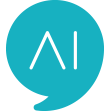

Market Growth Transforming Healthcare with AI Chatbots, GenAI, and LLMs
The healthcare industry is undergoing a transformative revolution with the integration of AI-powered technologies like chatbots, generative AI, and large language models (LLMs).
These innovations are streamlining patient care, automating processes, and driving personalized treatments.
.jpeg)
Below are the key statistics and market trends that highlight the significant impact of AI in the healthcare market:
- The global generative AI healthcare market is projected to grow from $1.5 billion in 2023 to $9.5 billion by 2032, with a 22.5% CAGR.
- The healthcare chatbot market is expected to reach $543 million by 2026, growing at a 15.2% CAGR.
- 52% of U.S. patients now access health data through chatbots, improving patient engagement and reducing costs.
- Chatbots are expected to automate 73% of healthcare administrative tasks by 2024, freeing up resources for more critical patient care.
- AI-driven solutions could save the healthcare industry $3.6 billion annually, highlighting the financial efficiency of these technologies.
These statistics underscore the rapid growth and adoption of AI in healthcare, setting the stage for unprecedented advancements in patient care, operational efficiency, and global health outcomes.
You can also read: Challenges in Generative AI: Facts vs Myths
In this article, we explore the market trends driving this transformation and what lies ahead for AI in healthcare.
The Surge of AI Chatbots in Healthcare
AI in Healthcare , especially healthcare Chatbots, have swiftly gained prominence in healthcare, enhancing patient engagement, automating administrative tasks, and significantly reducing operational costs.
The global healthcare chatbot market, which stood at $0.2 billion in 2022, is expected to grow to an impressive $543 million by 2026, with a 15.2% CAGR.
By 2032, this market will reach $431.47 million, demonstrating the increasing reliance on AI-driven communication in healthcare.

These chatbots are not just saving costs—they’re revolutionizing patient interactions.
Around 52% of patients in the U.S. now acquire their health data via chatbots. Moreover, chatbots are expected to automate 73% of healthcare administrative tasks by the end of 2024, freeing healthcare professionals to focus on more critical patient care.
Already, 68% of healthcare organizations have integrated AI chatbots to streamline their services, indicating a solid trend towards digitization.
Why Healthcare Chatbots Are Vital:
- $3.6 billion in cost savings for healthcare organizations globally.
- 78% of physicians find chatbots useful for scheduling appointments, 76% for locating clinics, and 71% for medication information.
- Patient satisfaction has surged, with 56% of healthcare providers reporting satisfaction with chatbot interactions.
Makebot.ai, a leading AI chatbot provider in South Korea and APAC, streamlines patient bookings at hospitals like Formiz Women’s Hospital and Maypure Clinic.
In India, WhatsApp's "Bol Behen" chatbot offers health advice to young women. In the U.S., Mayo Clinic is testing Google's Med-PaLM, an AI designed to answer medical questions and enhance patient care.
Key Market Trends on Generative AI
Generative AI is taking center stage in healthcare innovation.
In 2023, the global generative AI in healthcare market was valued at $1.5 billion, and by 2032, this market is forecasted to skyrocket to $9.5 billion, growing at an impressive 22.5% CAGR.
What’s fueling this growth?
Key applications such as drug discovery, medical image analysis, and personalized treatment plans are revolutionizing healthcare delivery.
Key Trends in Generative AI:
- 35% of the market share in 2023 was driven by drug discovery applications, where generative AI accelerates drug development by creating realistic simulations for clinical trials.
- Medical image analysis is projected to grow at the highest CAGR of 30.2%, as AI-driven diagnostic tools enhance early disease detection.
- Generative AI is enabling the creation of synthetic patient data, which is critical for testing treatments and training machine learning models without using real patient data, improving privacy and compliance.
This technology is poised to revolutionize personalized medicine.
Google Health uses AI in MRIs and mammograms to improve early cancer detection, while Medtronic integrates AI for real-time patient monitoring through Amazon Web Services. NVIDIA's Clara Holoscan platform also enhances real-time AI processing of medical imaging, benefiting radiology and pathology for quicker, more accurate diagnoses.
Read Also: Doctor AI: The Rise of Generative AI in Healthcare
By analyzing patient-specific data, generative AI provides tailored treatment plans and optimizes drug dosages. Governments across the globe are heavily investing in this space, with government initiatives and funding pushing for further AI adoption.
In fact, AI-powered virtual assistants and predictive analytics for disease assessment are fast becoming growth areas to watch.
Global Large Language Models (LLMs) Market Growth
Large language models (LLMs) like Google’s Med-PaLM are shaking up the healthcare industry by transforming communication between doctors and patients.
LLMs are capable of generating human-like text, providing quick and accurate medical recommendations, and summarizing vast amounts of clinical data.
The LLM market, currently valued at $6.1 billion in 2024, is projected to grow tenfold, reaching $64.9 billion by 2032 with a staggering 34.2% CAGR.
LLMs offer a wide range of applications, from content creation and clinical documentation to language translation and data analysis.
These capabilities are invaluable for healthcare providers who need to sift through mountains of unstructured data, such as patient notes, medical research, and health records.
Major Uses of LLMs in Healthcare:
- Content generation: LLMs assist in creating medical documentation, patient information guides, and even clinical summaries.
- Language translation: LLMs help healthcare providers communicate with patients in multilingual settings, improving care delivery in diverse regions.
- Customer service automation: LLMs enhance patient communication, ensuring faster response times and better patient experiences.
More about AI in Market here : What is AI in Marketing: Top Pros & Cons
Regional Breakdown: Who’s Leading the Charge?
AI technologies are transforming healthcare worldwide, with North America, Europe, and Asia-Pacific leading the way.
Each region is driving advancements in patient care, diagnostics, and operational efficiency through the adoption of chatbots, generative AI, and LLMs, reshaping healthcare systems and fueling global innovation.

North America
The North American market is leading in the adoption of AI technologies, capturing 38.5% of the global generative AI market and 45.8% of the healthcare chatbot market.
With tech giants like Google, Amazon Web Services, and Microsoft spearheading AI-driven healthcare initiatives, the U.S. is at the forefront of AI innovation.
Recent developments, such as Google’s launch of Med-PaLM at the Mayo Clinic in late 2023, highlight the region’s leadership in leveraging LLMs for advanced medical diagnostics.
As a result, North America is expected to continue dominating the global market, driven by high adoption rates and significant investments in AI.
Europe
Europe follows closely, accounting for 29.2% of the global generative AI healthcare market.
“ The Europe chatbot market size reached US$ 1.52 Billion in 2023. Looking forward, IMARC Group expects the market to reach US$ 7.52 Billion by 2032, exhibiting a growth rate (CAGR) of 19.3% during 2024-2032. “
Countries like Germany and the U.K. are pushing for greater AI integration, with the U.K. being the fastest-growing market for LLMs. European governments are actively investing in AI research and offering incentives for healthcare providers to adopt AI-driven solutions, ensuring the region’s place as a major player in the future of AI healthcare.
Asia-Pacific
The Asia-Pacific region is expected to grow at the fastest rate, fueled by rising healthcare expenditures, an expanding population, and government support for AI development.
“ Generative AI in healthcare market in the Asia Pacific region is projected to hold the second-largest share with about 28% during the forecast period. “
“ Starting at $3.29 billion in 2024, the "Global Healthcare Chatbots Market" is anticipated to rise to $4.89 billion by 2031, with a notable CAGR of 6.87% between 2024 and 2031, marking a period of considerable market expansion. “
China , India and South Korea are leading the charge, with China releasing over 70 LLMs by 2023 alone. The region’s focus on AI-driven medical devices and drug discovery is positioning it for rapid growth, and the healthcare chatbot market here is projected to experience an explosive expansion in the next decade.
Companies like Makebot.ai are leading the way in AI chatbot adoption across the region.
To Wrap Up ,
In conclusion, AI technologies—chatbots, generative AI, and large language models (LLMs)—are revolutionizing healthcare by streamlining patient care, automating administrative tasks, and enabling personalized treatments.
The global generative AI healthcare market is projected to grow from $1.5 billion in 2023 to $9.5 billion by 2032, with a 22.5% CAGR.
Similarly, the healthcare chatbot market is expected to reach $543 million by 2026, growing at a 15.2% CAGR, with 73% of administrative tasks predicted to be automated by 2024.
Generative AI is also transforming drug discovery, medical imaging, and treatment personalization, with medical image analysis projected to grow at a 30.2% CAGR.
By 2032, the LLM market is forecast to surge from $6.1 billion to $64.9 billion, with applications in content generation, language translation, and customer service automation.
North America leads in AI adoption, capturing 38.5% of the global generative AI market and 45.8% of the chatbot market, while Asia-Pacific is growing rapidly, driven by rising healthcare needs and government support.
As these technologies continue to advance, AI in healthcare is set to reshape global health outcomes, improve operational efficiency, and enhance patient experiences worldwide.

Studies Reveal Generative AI Enhances Physician-Patient Communication




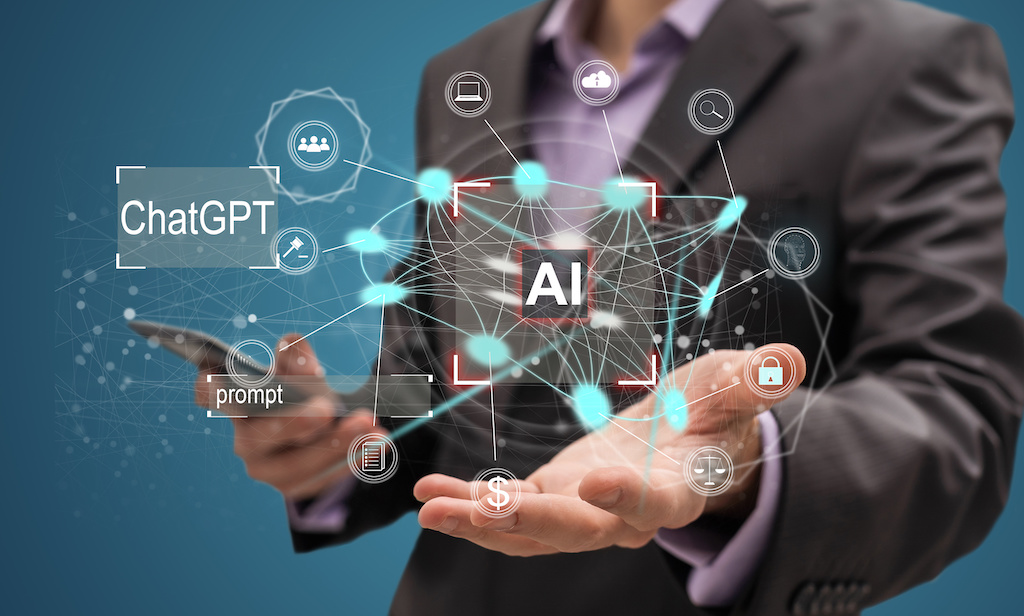









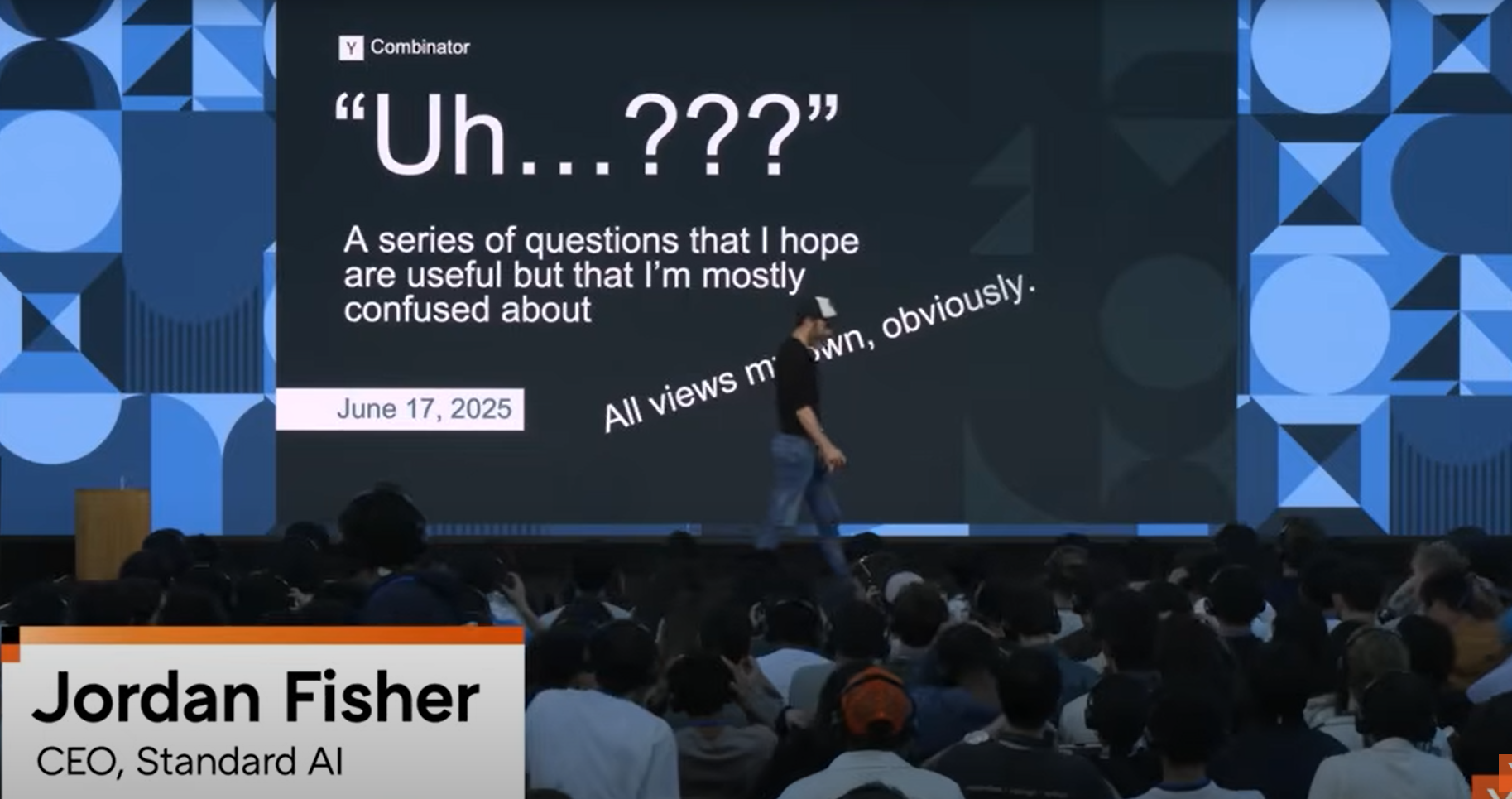










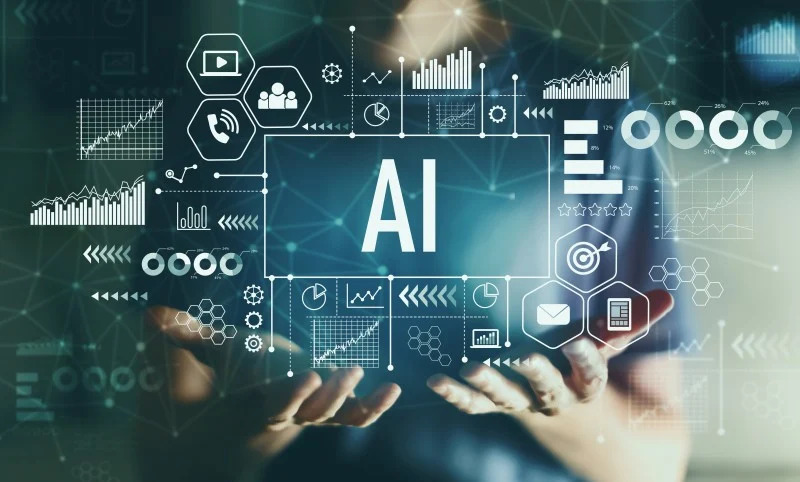









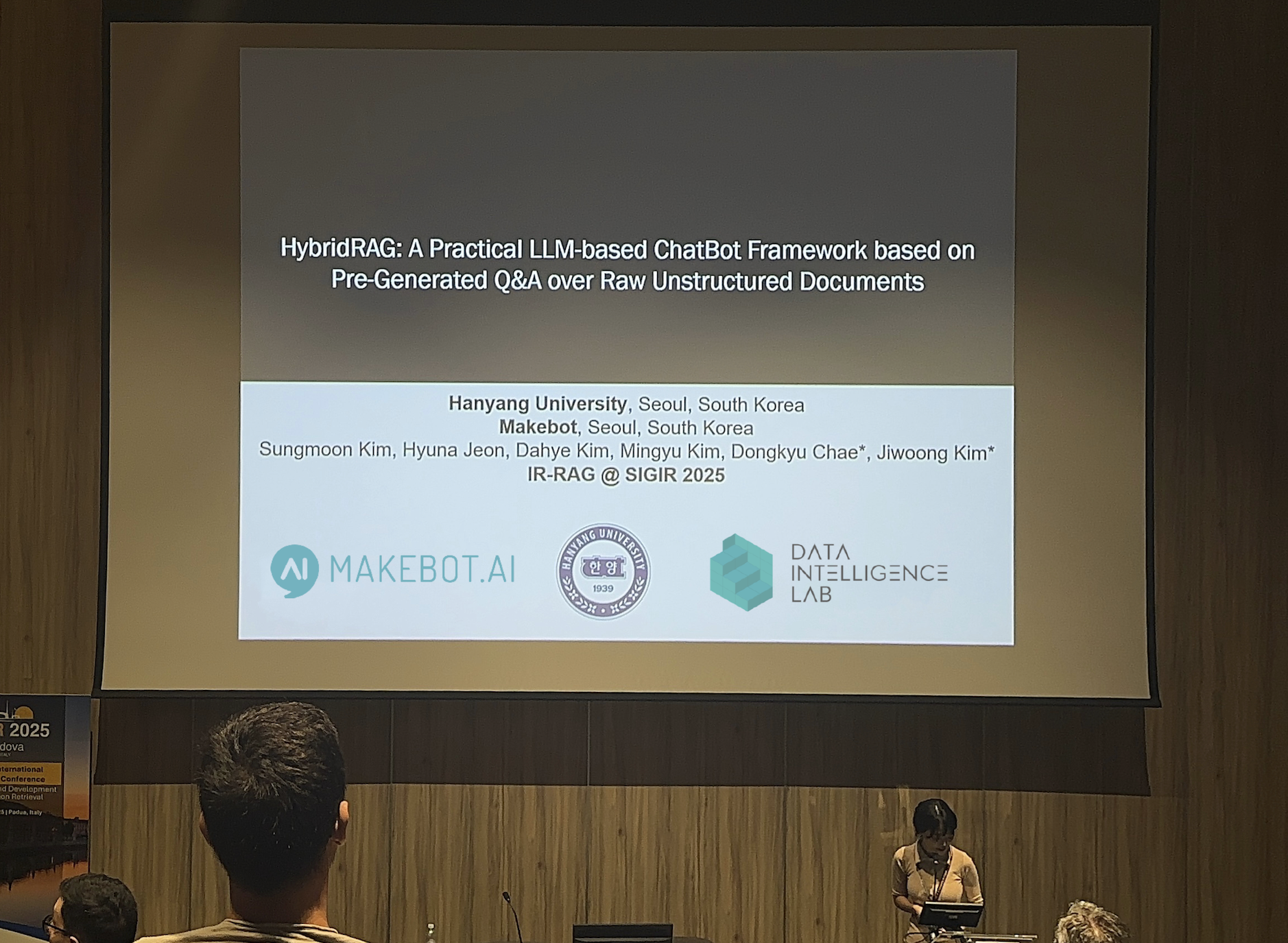









_2.png)


















.jpg)

































